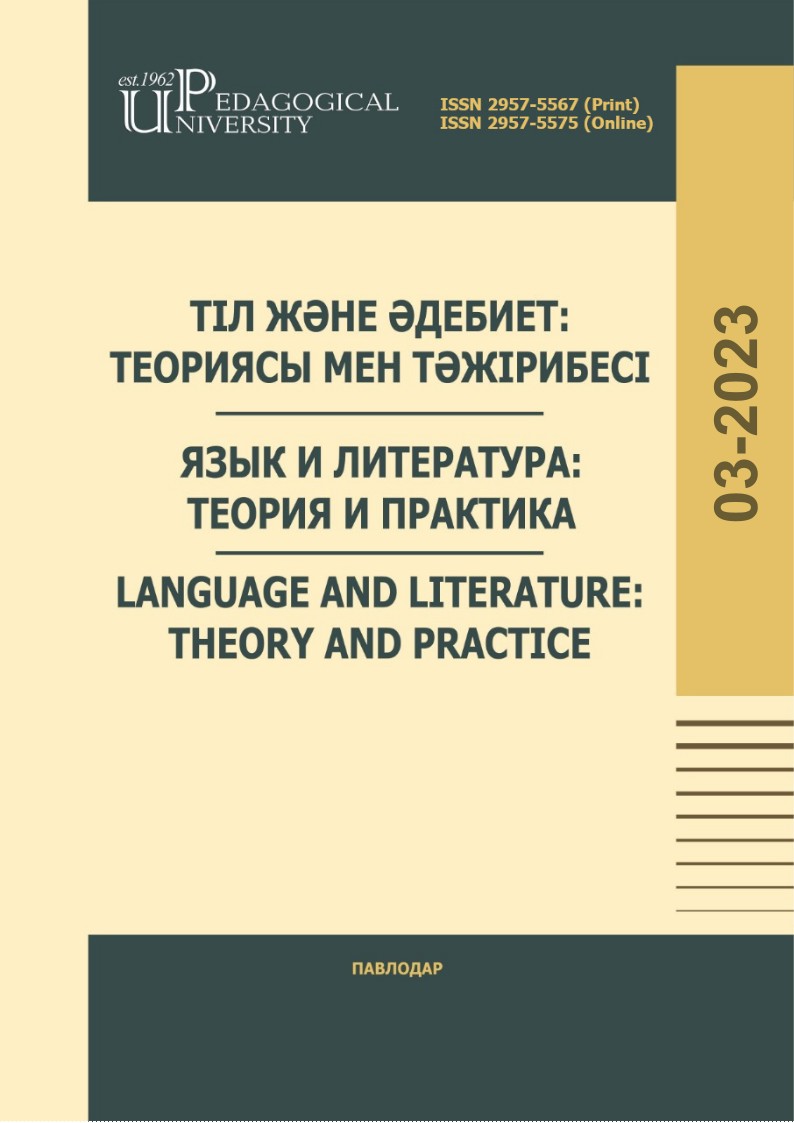DESCRIPTION OF THE WORKS OF ACADEMICIAN S. KIRABAEV
DOI:
https://doi.org/10.52301/2957-5567-2023-3-23-32Keywords:
scientific-critical, literature, artistic-ideological, cognition, aktandak, independenceAbstract
Annotation. The article describes the scientific and critical works of academician S. Kirabayev from the point of view of modernity, the great contribution of the scientist to the science of Kazakh literary criticism is carefully studied.
In general, the works of S. Kirabaev are based on the directions of development of Kazakh literature that originated in the Soviet period, individual poets-writers and their lives, creativity, the specifics of the genres of speech art, artistic and ideological goals, etc., it is clear that thoughts and feelings about this are presented with evidence, analytical culture and depth of knowledge.
In this regard, in the work of S. Kirabaev, his works concerning the “Aktandak pages of our literature” were specially reviewed, as well as his research works devoted to the rehabilitation and veneration of the Alash Arys during the period of independence were considered in detail. This subscription proves by concrete examples that the work of an outstanding scientist-critic is a peculiar phenomenon of modern Kazakh literary criticism.
Downloads
Published
How to Cite
Issue
Section
License
Copyright (c) 2023 Language and Literature: Theory and Practice

This work is licensed under a Creative Commons Attribution-NonCommercial-NoDerivatives 4.0 International License.
https://creativecommons.org/licenses/by-nc/4.0/deed.en


